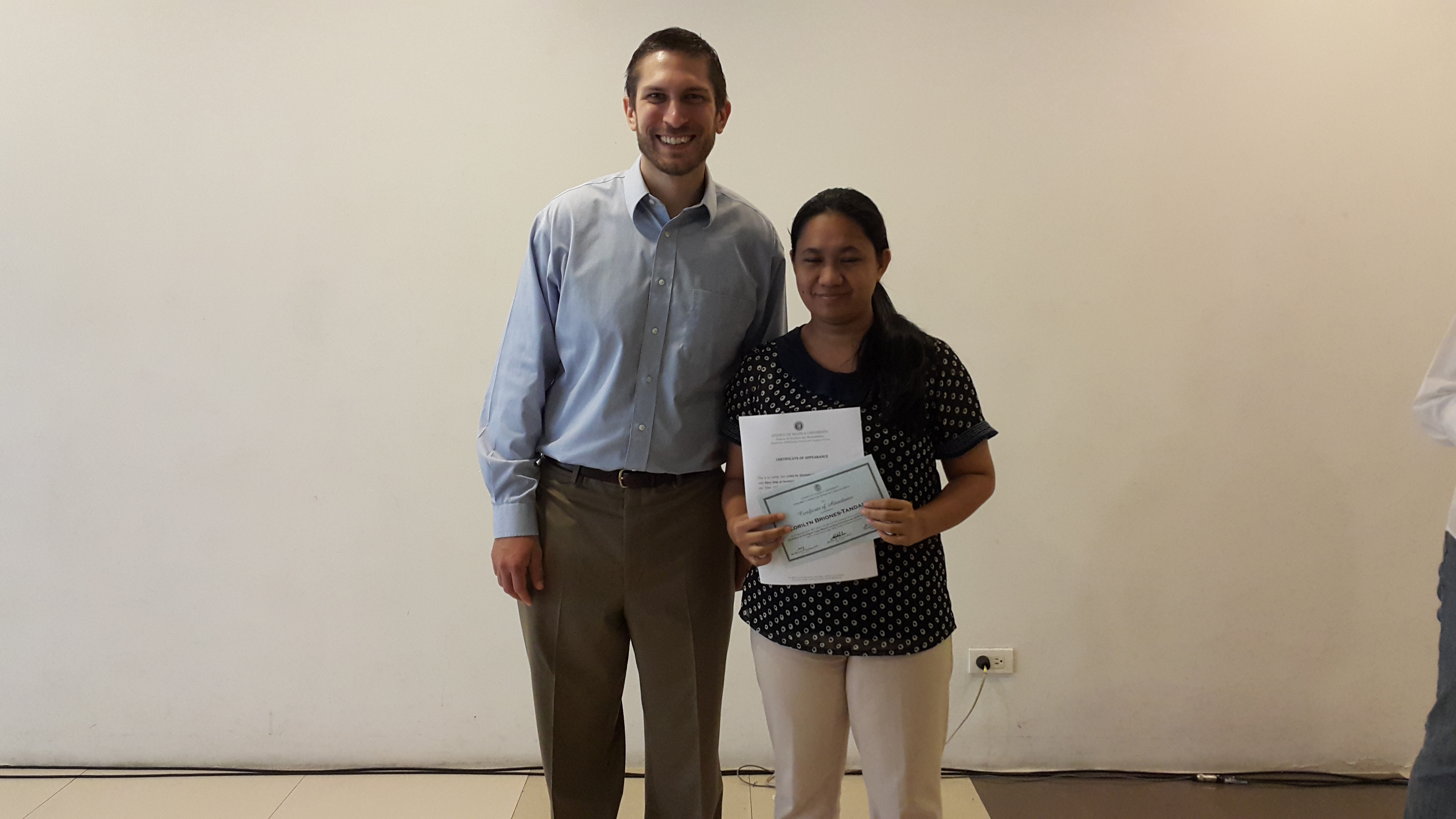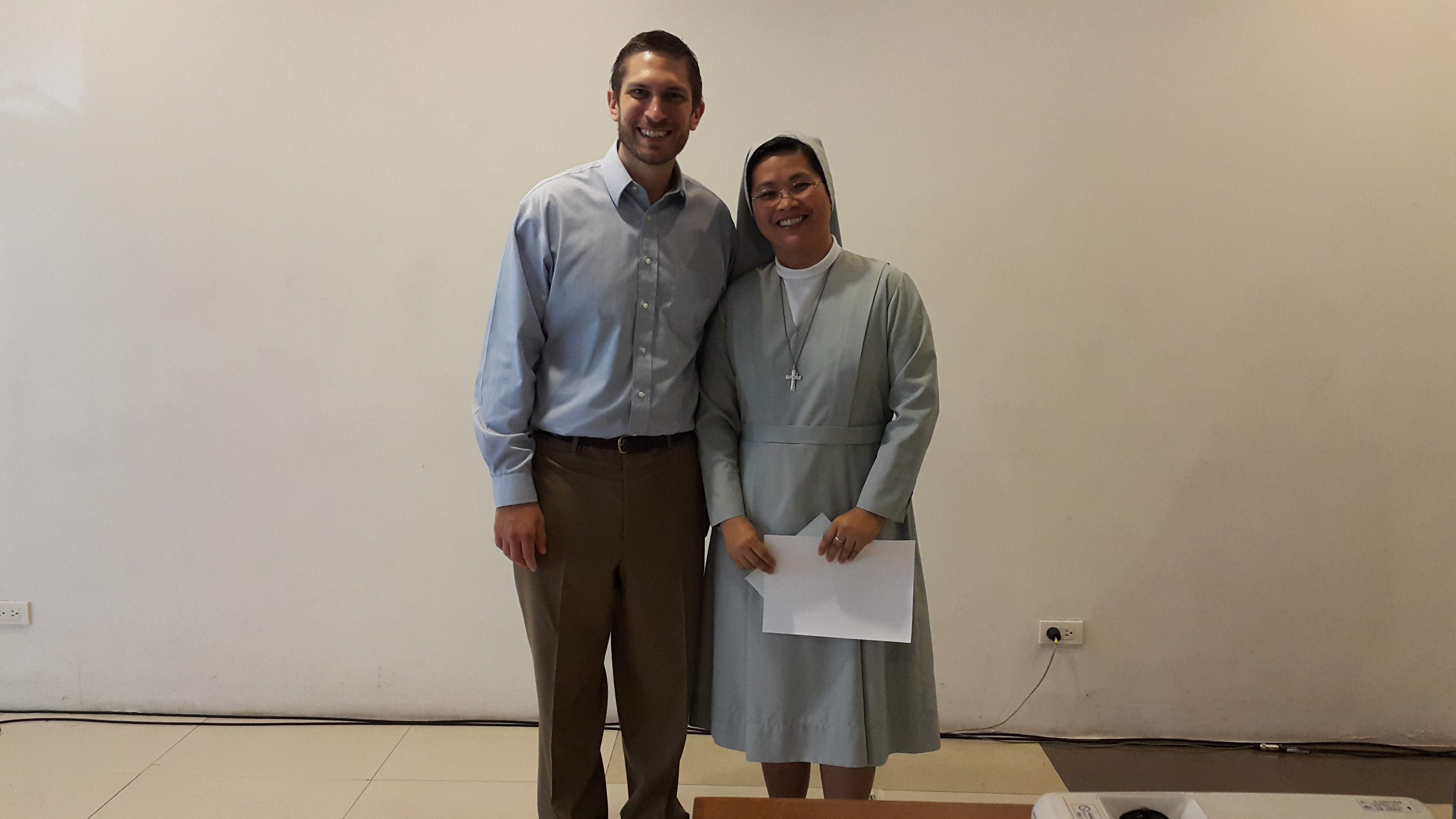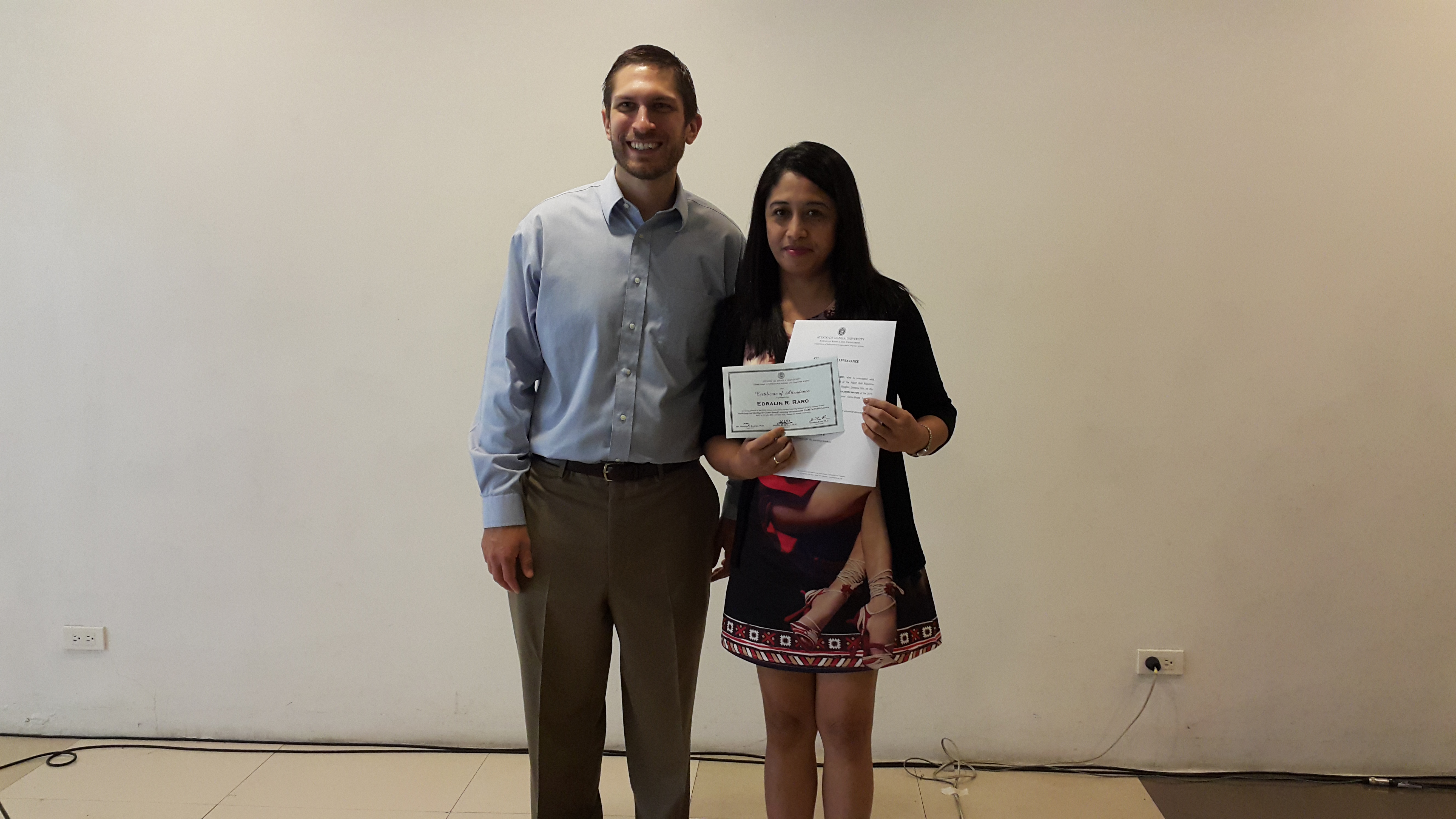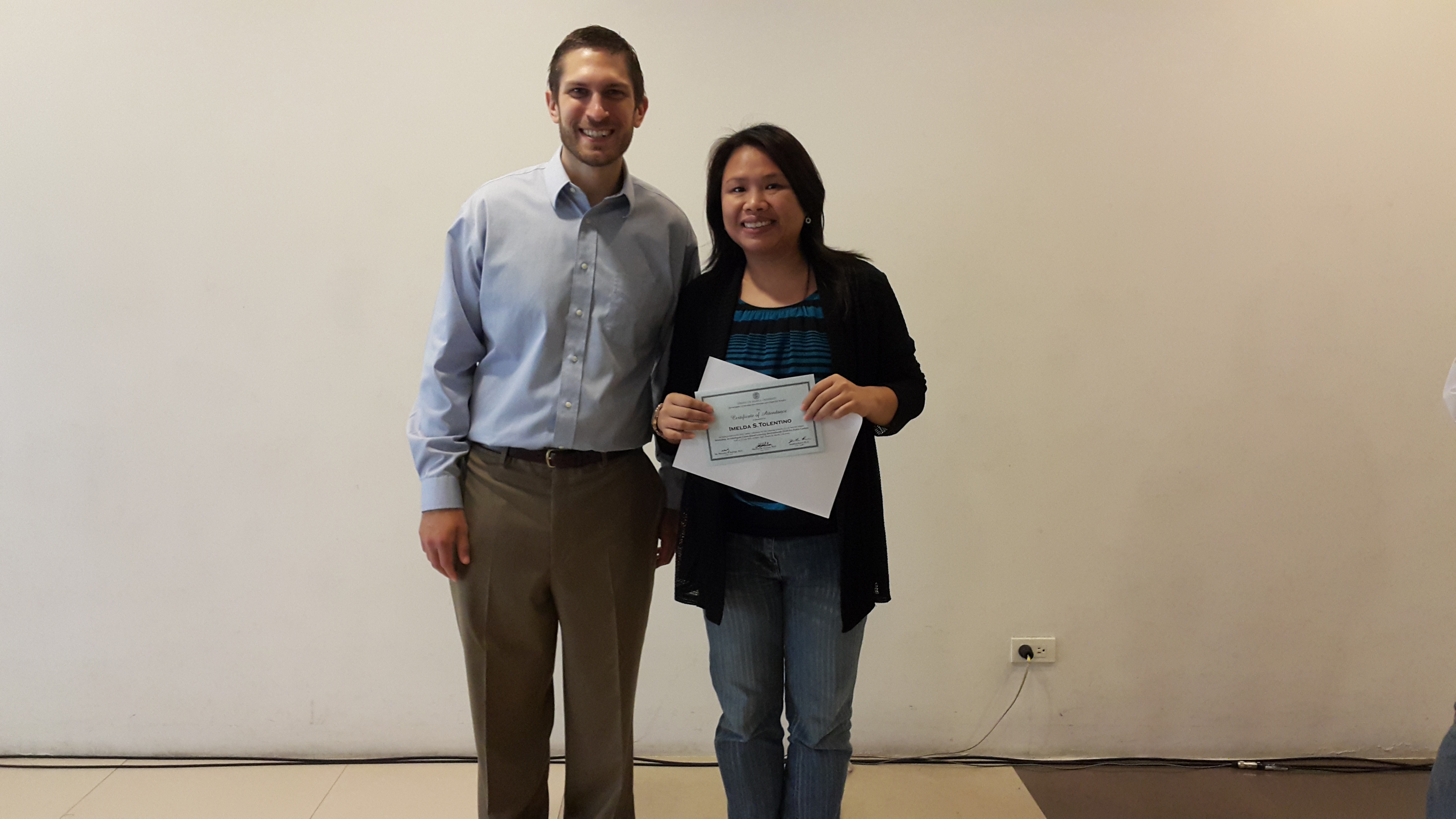Background
The urgent call for everyone to do something to mitigate climate change has been made by different groups, especially in the face of imminent hazards. Climate action, however, is not only the responsibility of particular sectors but also extends to individuals. Furthermore, climate change is only one aspect of a bigger context, which is sustainability. As early as 1972, the Club of Rome’s Limits to Growth (Meadows et al. 1972) already called for a “world system… that is sustainable.” Eventually, there were attempts to reconcile economic development with environmental integrity, leading to the concept of sustainable development (Purvis, Mao, & Robinson, 2019).
Getting individuals to commit to and act for sustainability is not easy because this often challenges them to sacrifice some convenience and comfort. Awareness about sustainability should start at a young age, when mindsets and habits are being developed. It is also important that learners view them within their own context because ultimately, sustainability solutions begin with the individual.
Most of the sustainability aspirations were articulated in the Millenium Development Goals (MDGs) for the period 2000-2015 (UN, 2015). The MDGs became the starting point for the 17 UN Sustainable Development Goals (SDGs) developed in 2015 “to address urgent global challenges over the next 15 years” (UN, 2016). Based on these goals, the 2030 Agenda for Sustainable Development was crafted. It was designed to be a roadmap that would involve different players and sectors. After four years of implementation, however, there are gaps in the awareness of these goals and how every sector and every individual could actually contribute to the achievement of the SDGs. The SDG Academy, affiliated with the Sustainable Development Solutions Network (SDSN) has developed many learning modules, generally designed for the adult learner and which they share with the public. There have been some materials for younger learners using different approaches such as storytelling (Frieda Makes a Difference: The Sustainable Development Goals and How You Too Can Change the World – UN, 2019; The Sustainable Development Goals by Yak – UN), tips (170 Daily Actions to Transform Our World, UN, n.d.), board game (https://go-goals.org, UN), comics (The Planet and the 17 Goals – Margreet de Heer, http://margreetdeheer.com/eng/globalgoals.html) and stickers (SDG Pandas, UN).
However, there is a dearth of materials that show the interconnections of systems, which is inherent to the idea of sustainability, and which can be used for Philippine learners. This proposal hopes to fill in the gap for good sustainability learning materials that would connect, not just cognitively, but also emotionally, to a young Philippine audience.
Objectives and/or Research Problem
Because the 17 SDGs can be overwhelming, the Business for Sustainable Development (formerly Philippine Business for the Environment) clustered them into five thematic areas: natural capital, food systems, social services, livable communities, and ethics and governance (See Figure 1). The broad objective of this project is to create narrative, contextualized, computer-based teaching and learning materials that illustrate these five themes. Grounding and contextualizing the SDGs in this manner will, we hope, make them more relatable and concrete.
Figure 1. 17 SDGs arranged under five clusters Business for Sustainable Development (n.d.).
The goals of the project are:
-
For learners to articulate ways to make their family/community more sustainable
-
For learners to develop habits that contribute to a more sustainable community
- For teachers to use the materials to supplement their lessons
Explanation of the Interdisciplinary Component
The design and development of these modules requires a variety of skills: The project will need subject matter experts who can explain the domain; education experts to help analyze the target learners and their needs; instructional designers who design the instructional messages and interactions to best appeal to the target learners; multimedia designers to produce videos, animations, and audio; game designers to help plot the modules so as to keep motivation high; and programmers to author the content and media into a cohesive whole. The project will therefore have to bring together representatives from the Department of Information Systems and Computer Science (specifically the Ateneo Laboratory for the Learning Sciences), the Ateneo Institute for Sustainability, and the Science and Art of Learning and Teaching (SALT) Institute.
Funded by: Ateneo University Research Council (URC)










